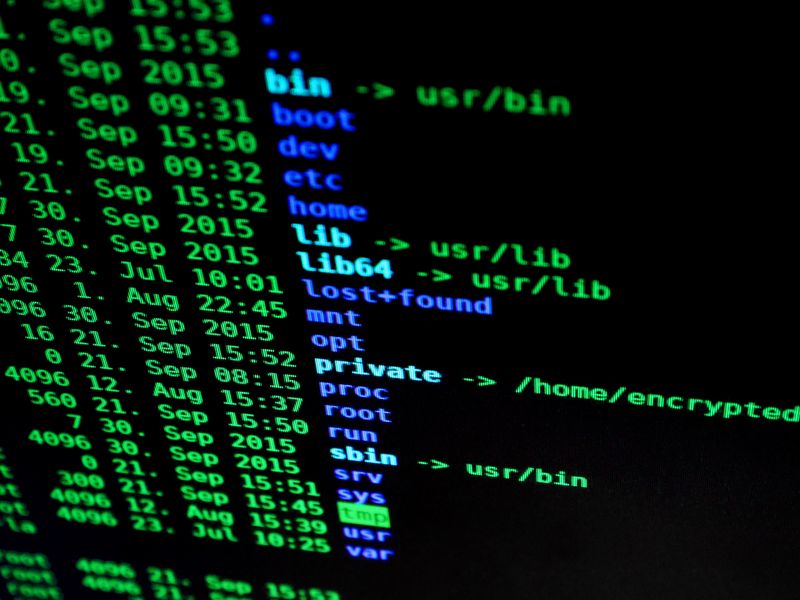Researchers Discover Typosquatting npm Package Concealing Discord Remote Access Trojan
The Rise of Turnkey Hacking Tools
Researchers at ReversingLabs have recently uncovered a dangerous cybersecurity threat: a typosquatting npm package hiding a full-service Discord remote access Trojan (RAT). This malware, known as “DiscordRAT 2.0,” is designed to lower the barrier to entry for newbie hackers and facilitate open source software supply chain attacks. In this particular case, the malicious package masqueraded as a legitimate module called “node-hide-console-window,” which is downloaded by hundreds of users each week. The copycat package, named “node-hide-console-windows,” closely mirrored the original, even going so far as to upload 10 different versions to match the count of the legitimate package. The deception was successful, with the imposter package being downloaded around 700 times before its takedown.
The Dark Side of Open Source Software
While the benefits of open source software are undeniable, incidents like this serve as a reminder of the potential drawbacks. Ashlee Bengee, ReversingLabs’ director of threat intelligence advocacy, emphasizes that open source software provides fertile ground for malicious behavior to hide. She acknowledges the educational value of certain tools released for defenders, but also highlights how effortlessly individuals with minimal knowledge can download and deploy freely available malware from platforms like GitHub. This accessibility makes it all too easy for even amateur hackers to carry out cyber attacks, posing a significant threat to individuals, organizations, and even the wider internet community.
A Closer Look at DiscordRAT 2.0
Upon analyzing the copycat package, ReversingLabs researchers found obfuscated malicious code within its “index.js” file. This code, when executed, downloaded the DiscordRAT 2.0 executable file. DiscordRAT 2.0 is a compact, C#-based remote hacking tool that, according to its GitHub page, is intended for educational purposes. However, the sincerity of this claim is questionable. What sets DiscordRAT 2.0 apart is its simplicity, as it allows users to manage victims through individual Discord channels. The tool offers numerous easy-to-use commands for stealing credentials, manipulating files, terminating processes, and even causing a host computer to bluescreen. Of particular concern is the command “!rootkit,” which triggers the execution of a second open source malware called the r77 rootkit.
The Accessibility of Hacking Made Easy
The r77 rootkit, activated by the “!rootkit” command in DiscordRAT 2.0, is a powerful tool that conceals various aspects of a compromised system. It hides TCP and UDP connections, files and directories, processes and CPU usage, among other things. This rootkit grants hackers with administrative privileges the ability to stealthily establish persistence on a host, carry out malicious activities, and access highly privileged data. What is most alarming is how little expertise and effort is required to unleash these sophisticated attacks. The availability of open source, turnkey RATs like DiscordRAT 2.0 highlights the ease with which even amateur hackers can cause significant harm, underscoring the urgent need for improved cybersecurity measures.
Internet Security and Supply Chain Attacks
The Vulnerability of Open Source Supply Chains
This incident serves as a cautionary tale about the vulnerability of open source software supply chains. Software developers and users heavily rely on these chains to access trusted packages, putting immense trust in the maintainers to deliver legitimate and secure code. However, as demonstrated by the typosquatting npm package, attackers can easily inject malicious code into these chains, exploiting users who unknowingly download and use compromised packages. This incident further emphasizes the utmost importance of verifying the authenticity and integrity of software packages before incorporating them into projects.
The Role of Internet Security
In an increasingly digital world, internet security has become a critical concern for individuals, organizations, and even governments. Cyber attacks can have devastating consequences, ranging from financial losses to breaches of personal data and sensitive information. Robust internet security measures, including proactive monitoring, regular software updates, and comprehensive malware detection and prevention systems, are vital to safeguarding against threats. Additionally, end users must remain vigilant, exercising caution when downloading and using open source software, and ensuring they stay informed about the latest cybersecurity threats.
Advice for Individuals and Organizations
Practices to Enhance Cybersecurity
Given the ever-increasing sophistication of cyber attacks, it is essential for individuals and organizations to adopt comprehensive cybersecurity practices. These include:
1. Regularly updating software: Staying up to date with the latest security patches can help protect against known vulnerabilities.
2. Employing strong password hygiene: Using unique, complex passwords and regularly changing them can prevent unauthorized access to accounts.
3. Implementing two-factor authentication (2FA): 2FA adds an extra layer of security by requiring users to verify their identity through a second factor, such as a text message code or a biometric scan.
4. Regularly backing up data: Creating frequent backups of critical data ensures that even if a system is compromised, important information can still be recovered.
5. Educating employees: Providing cybersecurity awareness training can help employees recognize and report suspicious activities, reducing the risk of falling victim to attacks.
Verifying Software Integrity
To avoid falling victim to malware attacks like the typosquatting npm package, individuals and organizations should implement the following measures:
1. Verify package authenticity: Only download packages from trusted sources and verify their integrity using cryptographic checksums or digital signatures.
2. Conduct thorough code reviews: Scrutinize the code of any packages or libraries incorporated into projects to identify suspicious or potentially harmful code.
3. Rely on reputable package managers: Utilize package managers with strong security practices and a history of prompt response to security vulnerabilities.
4. Collaborate with the security community: Engage with the wider security community to share knowledge, insights, and best practices, creating a stronger defense against cyber threats.
Ultimately, cybersecurity is a shared responsibility, requiring the concerted efforts of software developers, users, and security practitioners alike. By prioritizing robust security measures and remaining vigilant, we can mitigate the risks posed by malicious actors and safeguard our digital landscape.

<< photo by Pixabay >>
The image is for illustrative purposes only and does not depict the actual situation.
You might want to read !
- The Truth Behind the Curl Bug Hype: Unveiling the Patching Revelation
- Enhancing Your Digital Defense: Unveiling the Power of Security Configuration Assessment (SCA)
- The Rise of PEAPOD: Cyberattacks and the Shadowy Targeting of Women Political Leaders
- How Can a Turnkey Rootkit Empower Amateur Hackers to Execute Supply Chain Attacks?
- The PowerShell Gallery’s Achilles’ heel: Typosquatting and More Supply Chain Attacks
- Exploring the Fragilities of PowerShell Gallery: Unveiling the Risks of Supply Chain Attacks




